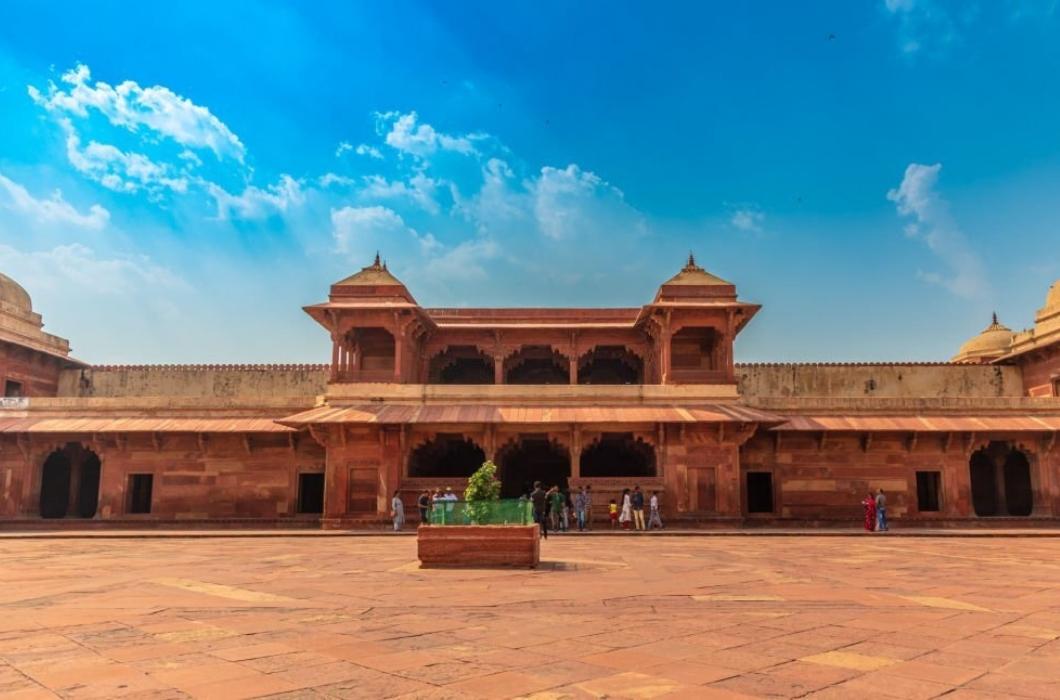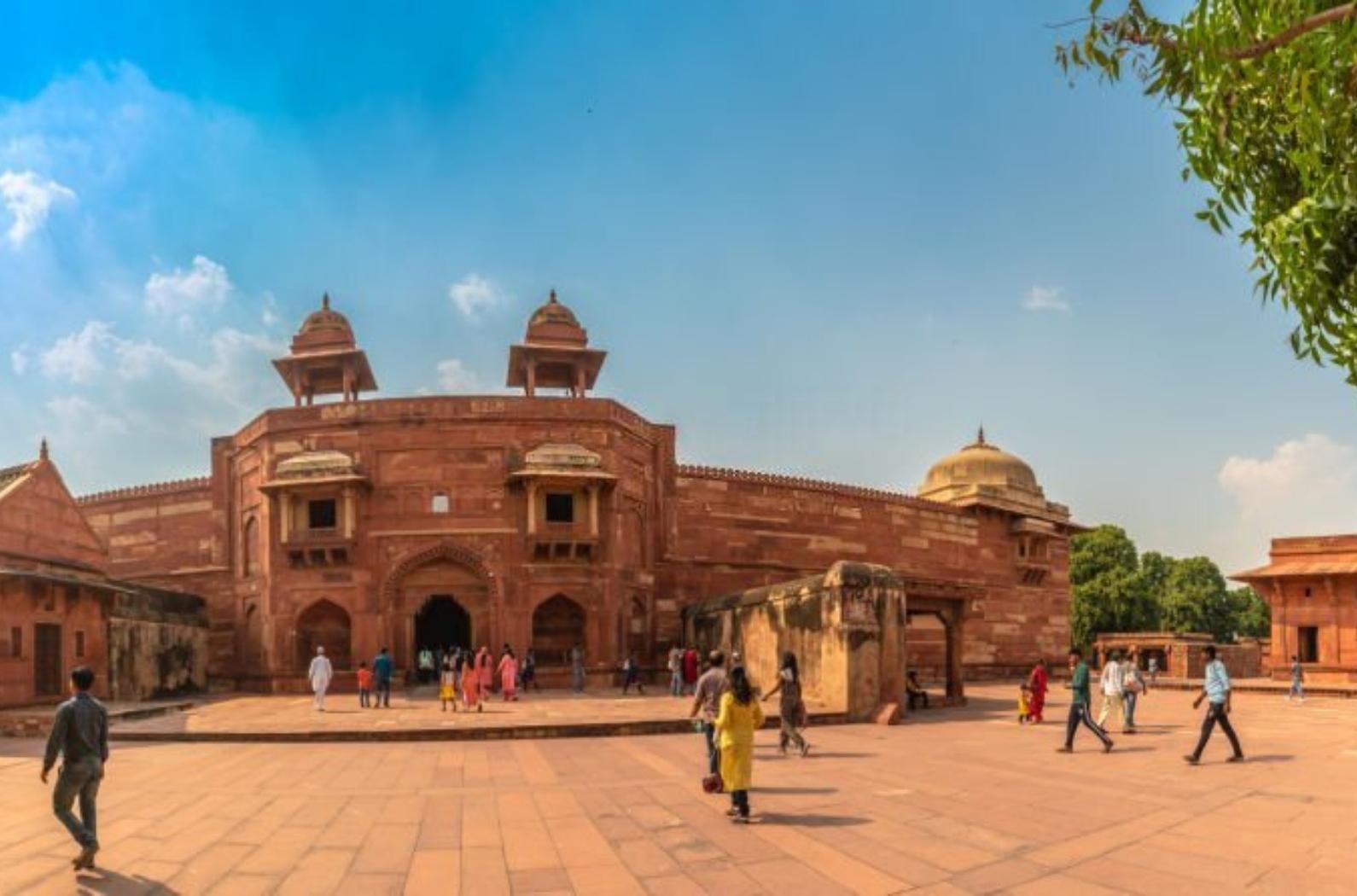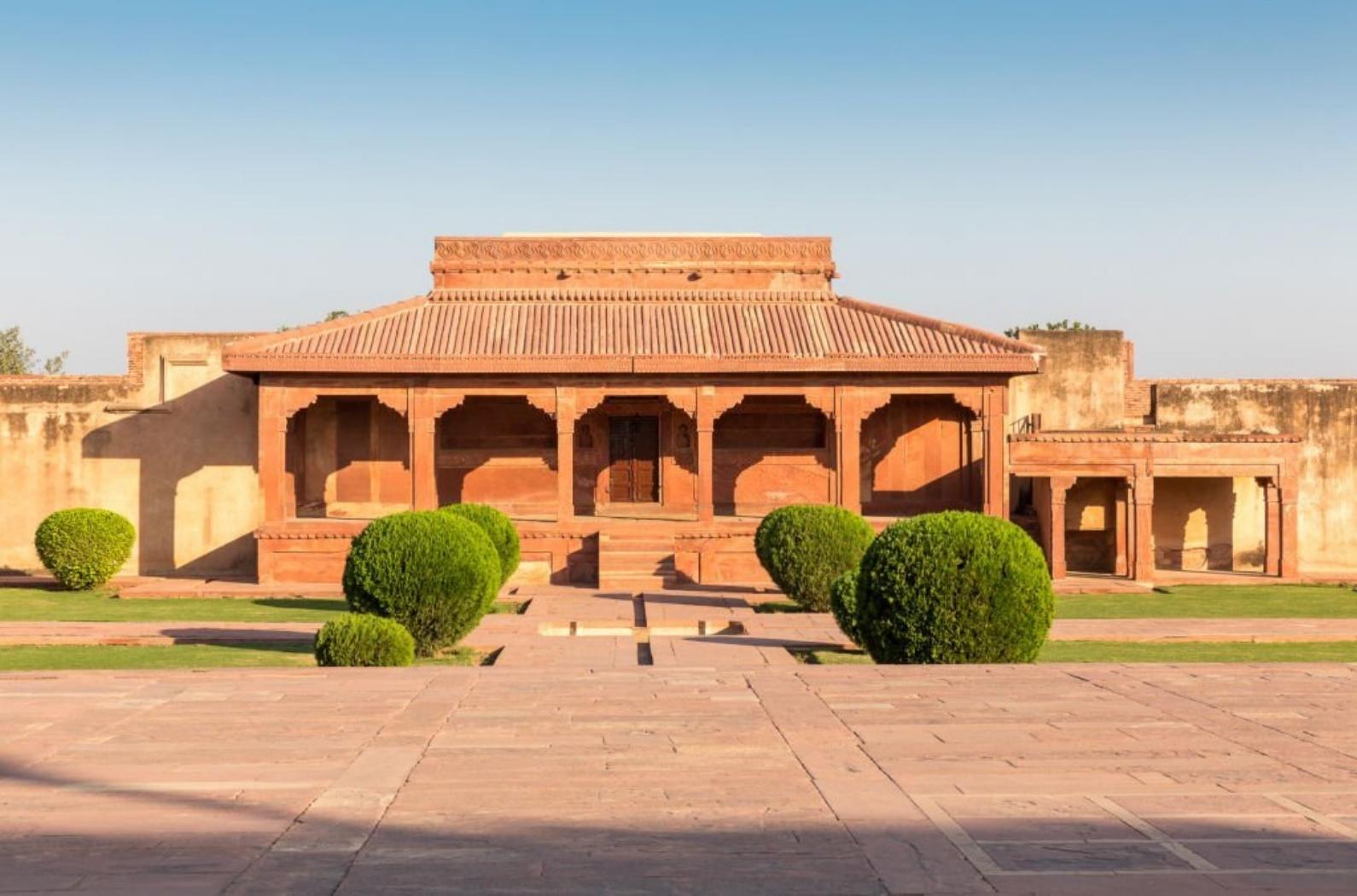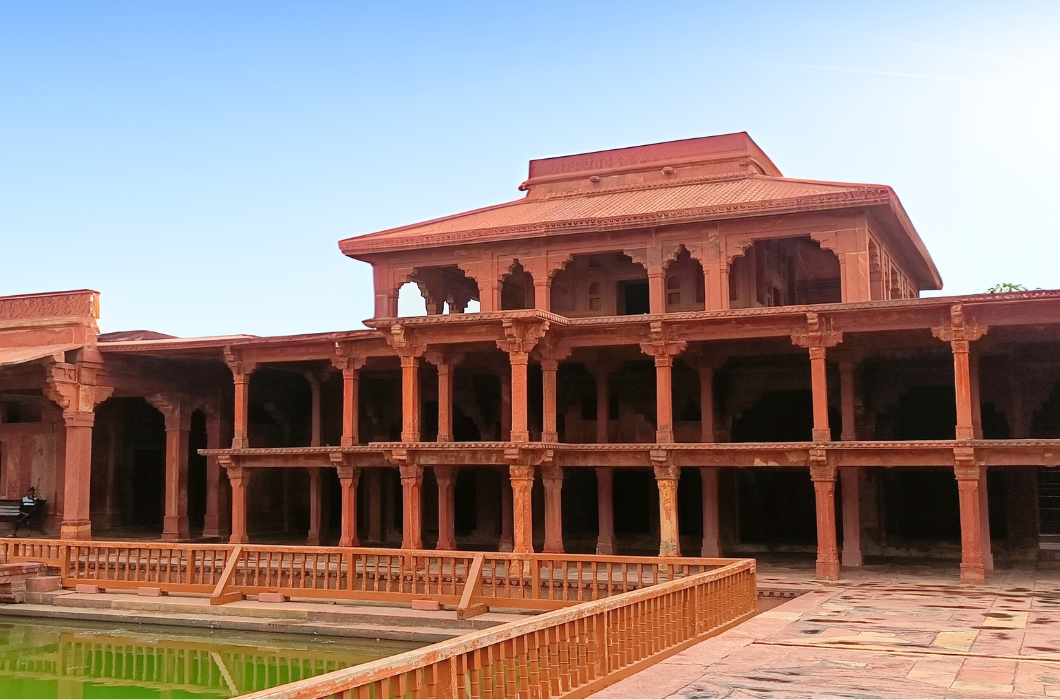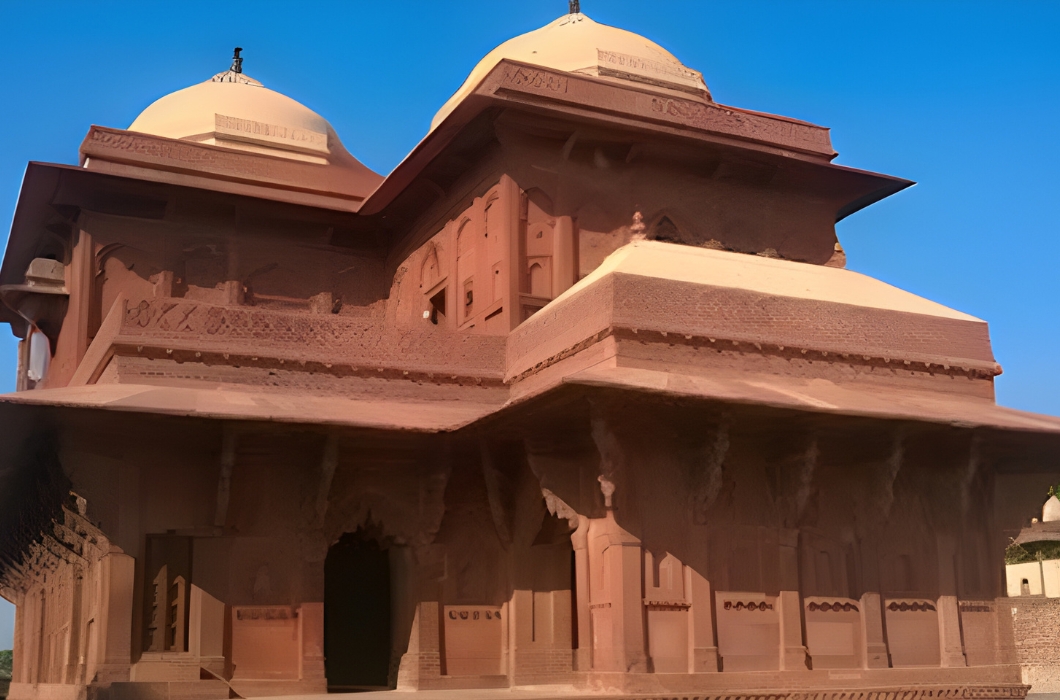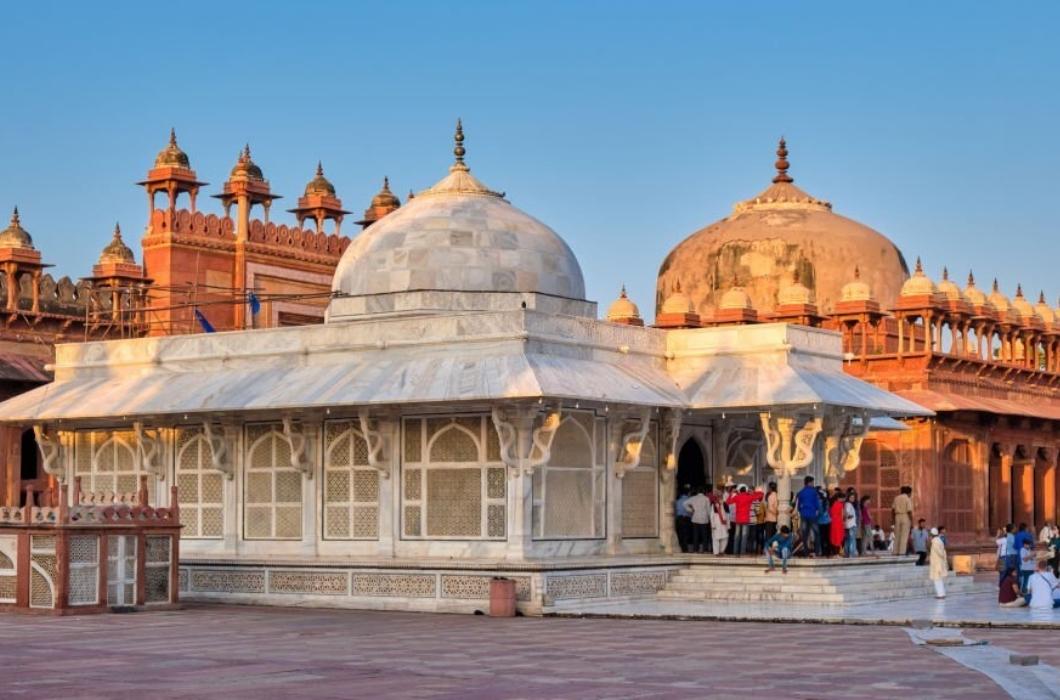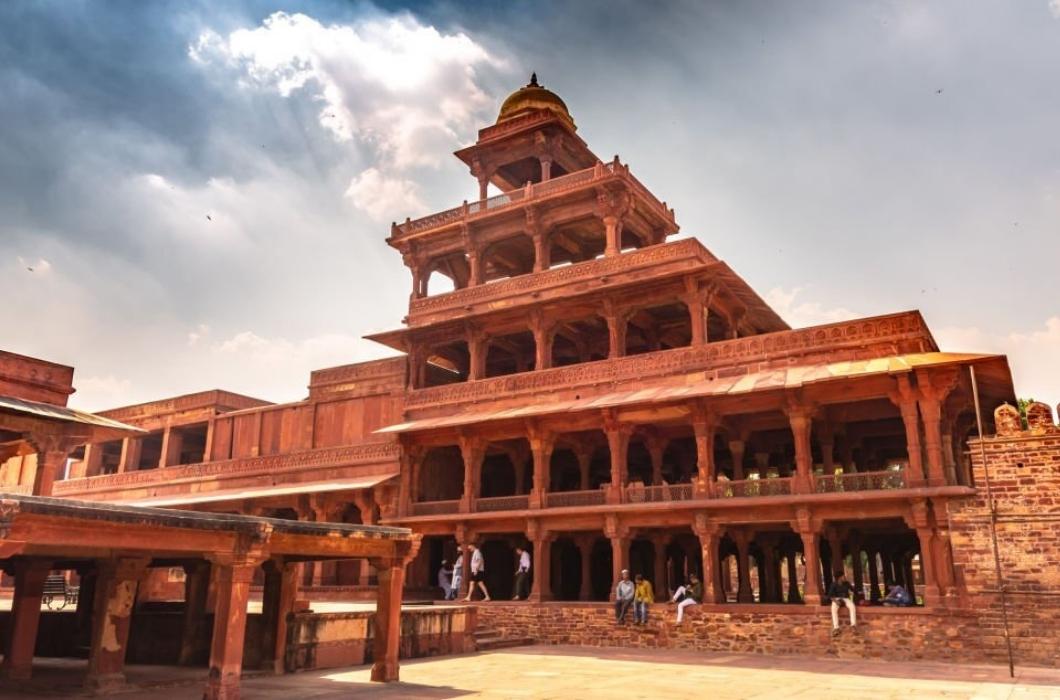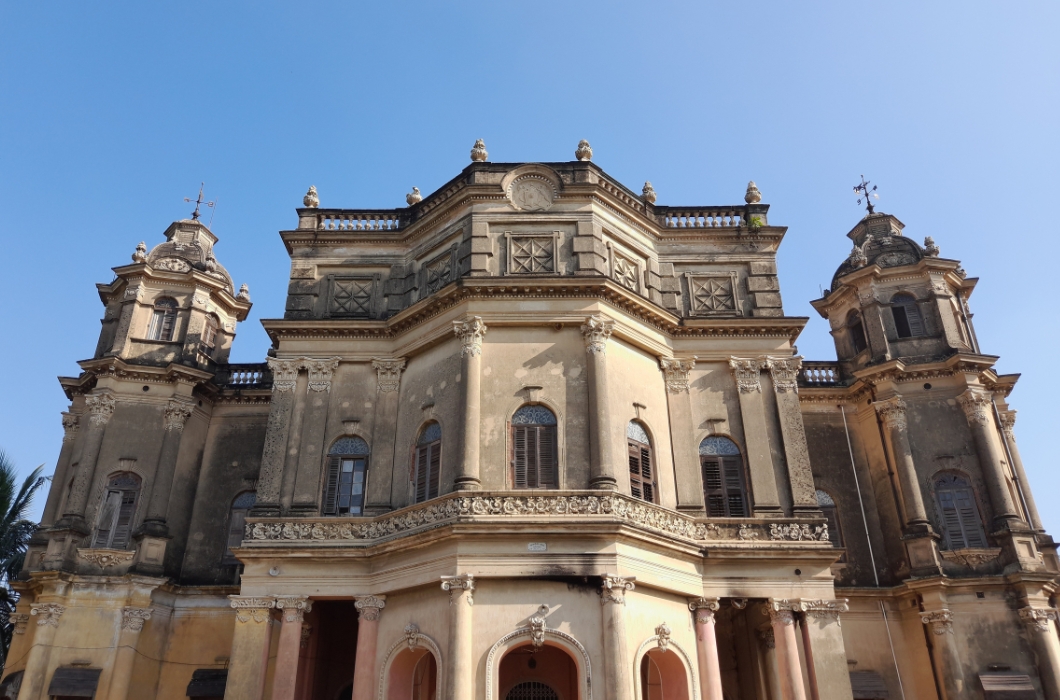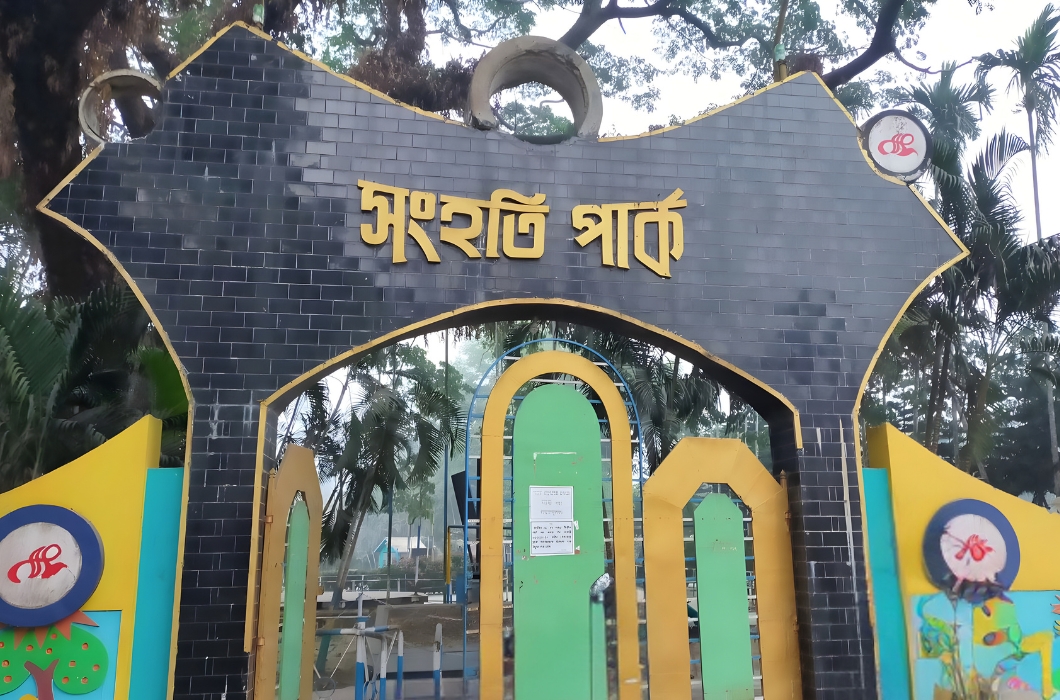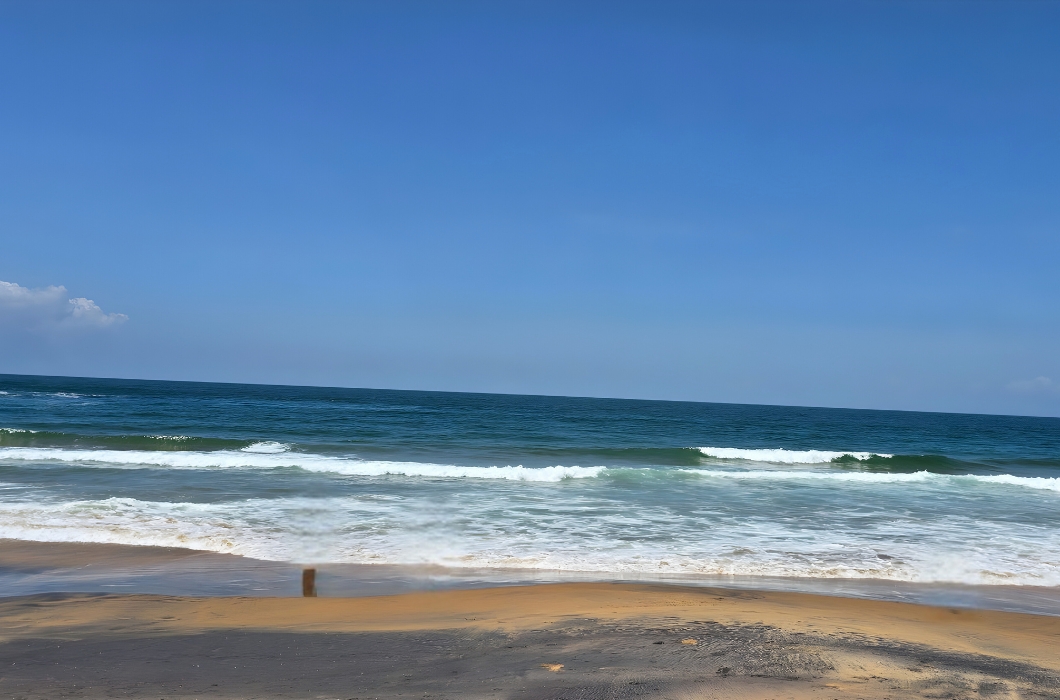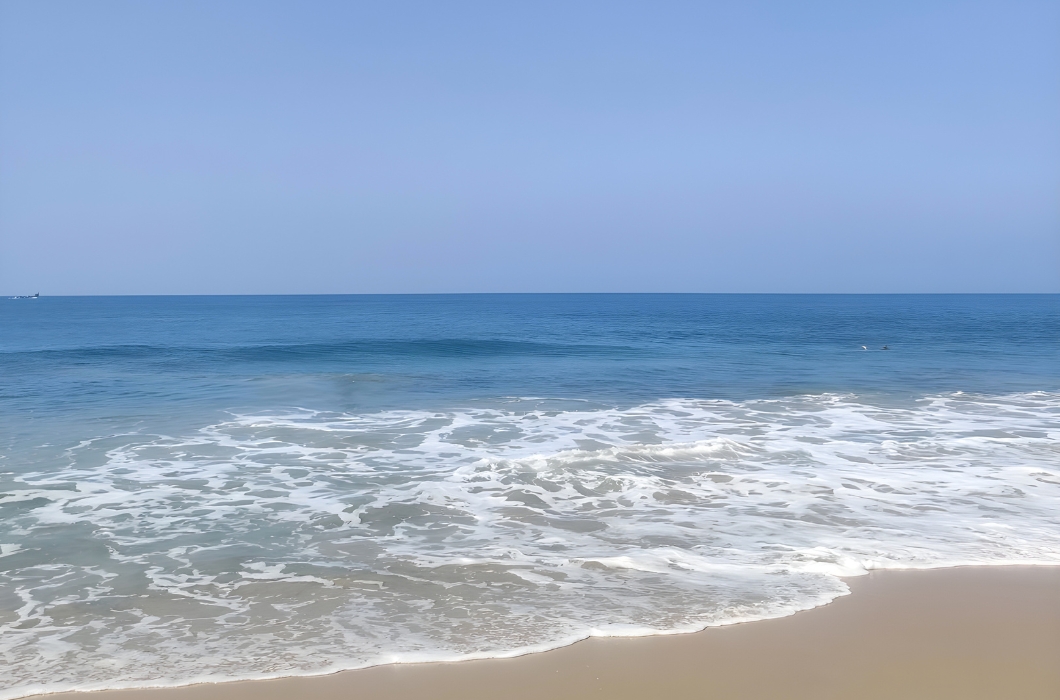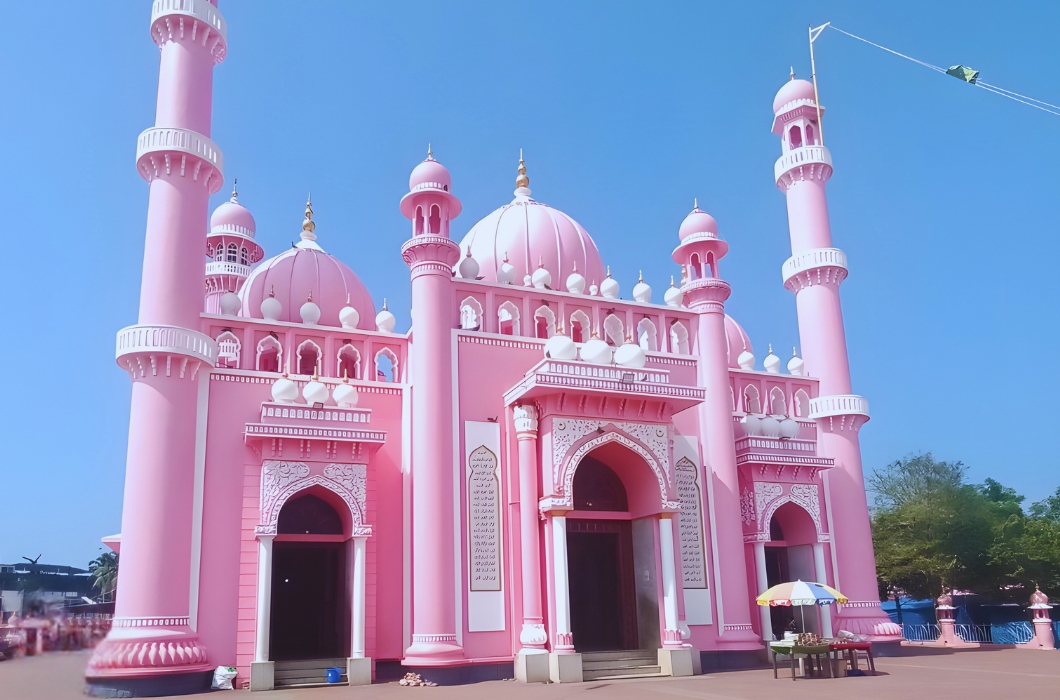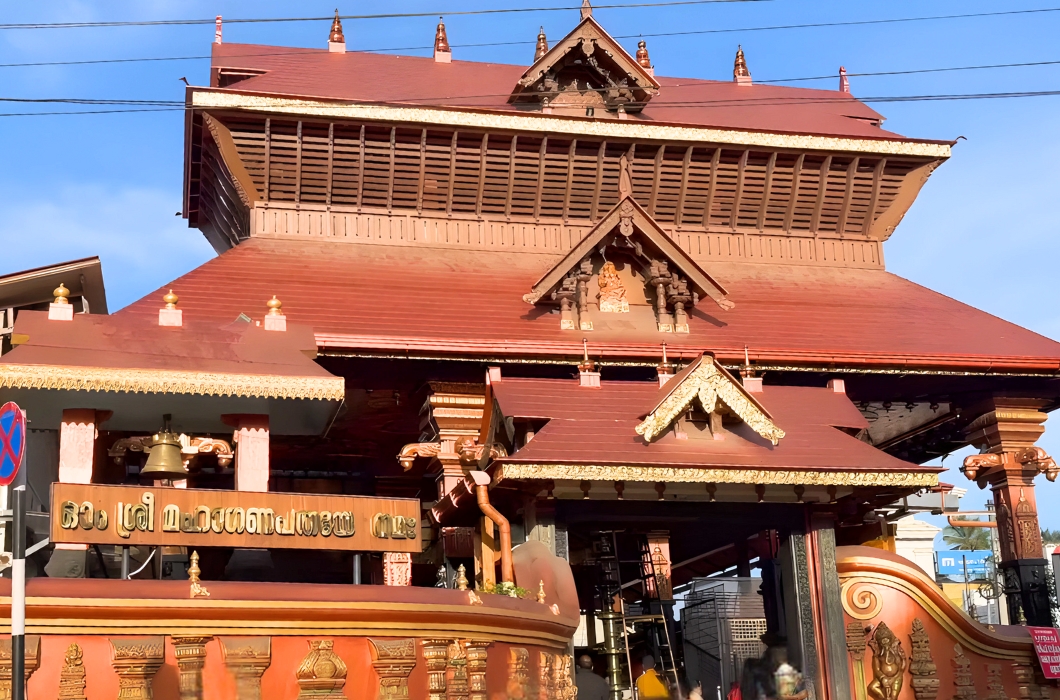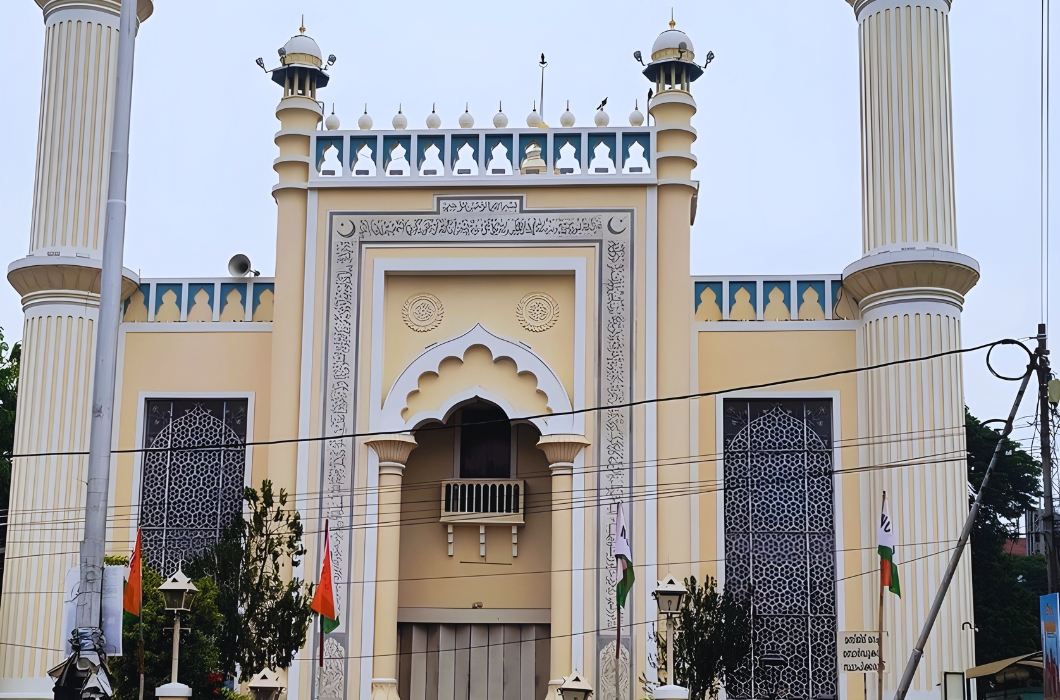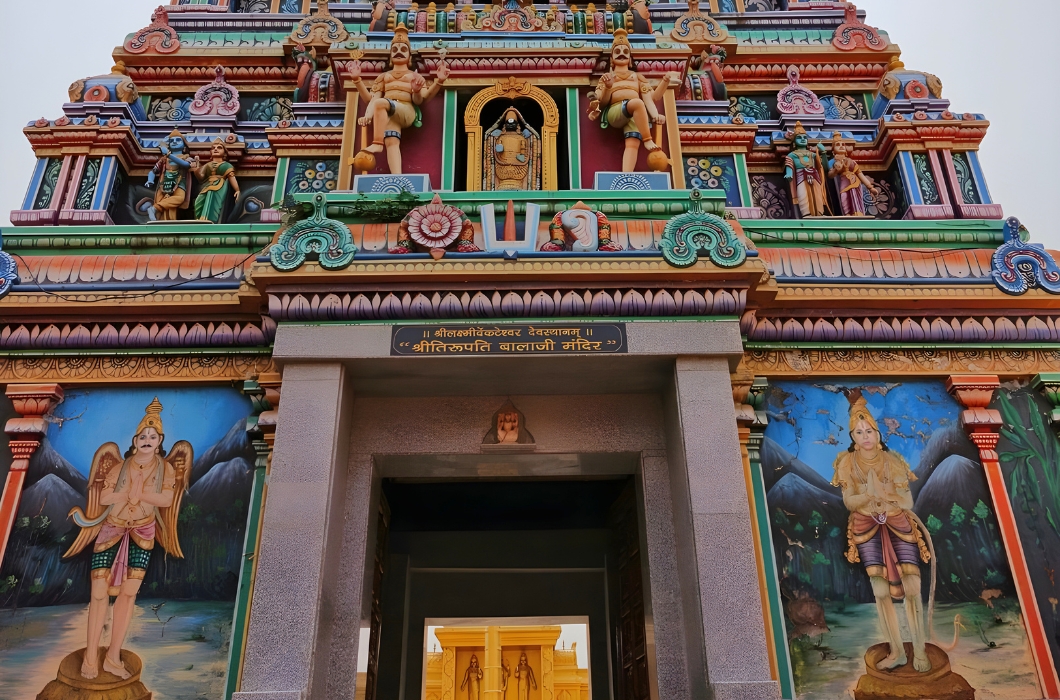Mariam-uz-Zamani, was an Empress of the Mughal Empire also recognized as Jodha bai, Heer Kunwari, Hira Kunwari, or Harka Bai. On October 1, 1542, she was born and on May 19, 1623, she died. The mother of the next Mughal Emperor Jahangir and the first and Chief Rajput wife of Emperor Akbar, and also the grandmother of the Mughal Emperor Khurram, Shah Jahan, was Empress Jodha. Raja Bharmal of Amer was her father. Until Nur Jahan became empress, she is said to have been politically involved in the court.
Share On Social:
Facebook
Twitter
Pinterest
WhatsApp

